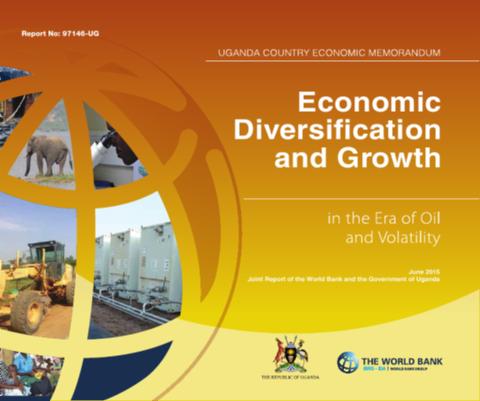Market Imperfections Exacerbate the Gender Gap
This paper hypothesizes that labor and
credit market imperfections—by discouraging off-farm
income-generating activities and restricting access to
inputs, respectively—affect female farm productivity more
deeply than male productivity. The paper develops a
theoretical model that decomposes the contribution of
various market imperfections to the gender productivity gap.
The paper shows empirically that agricultural labor



